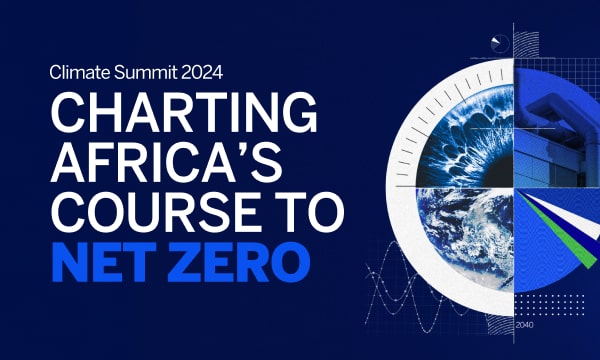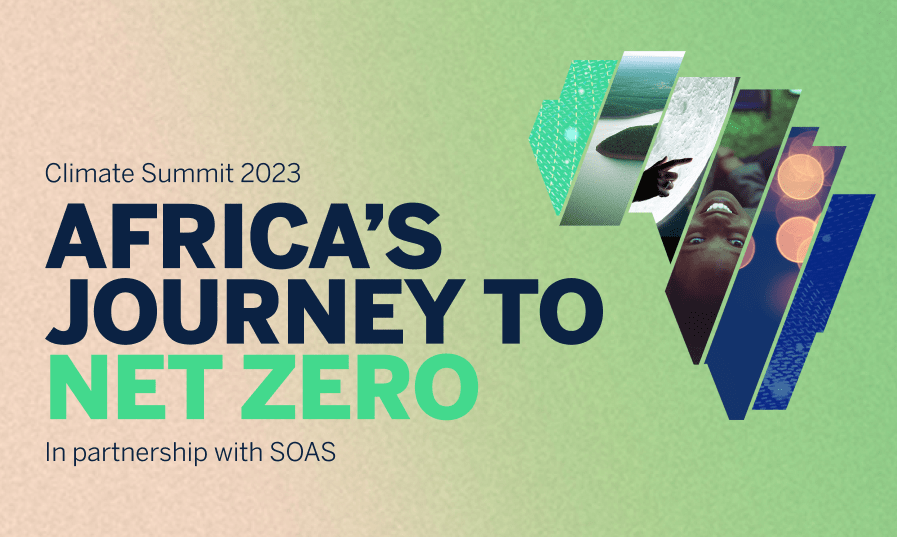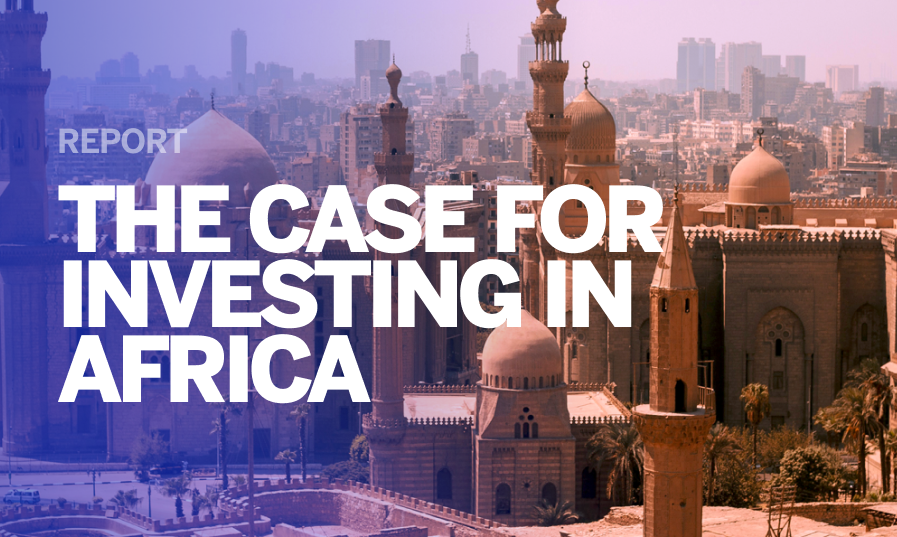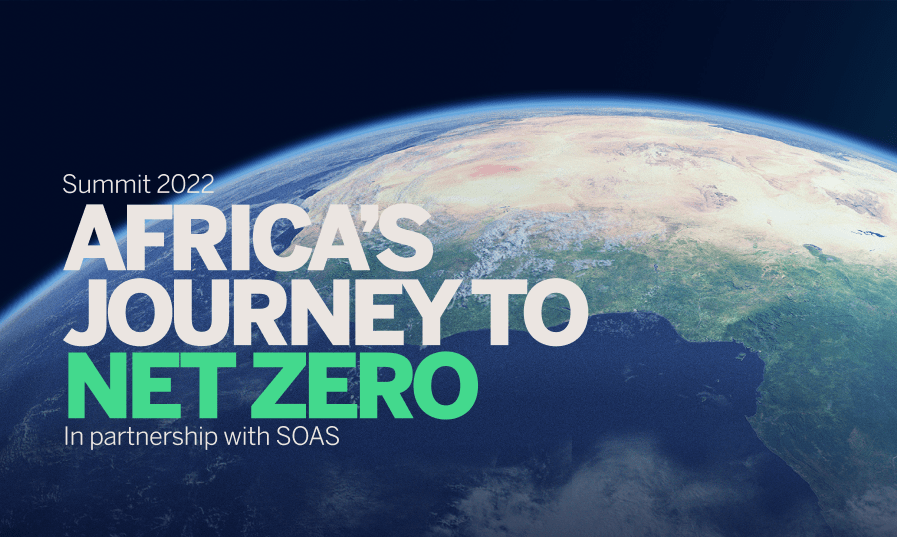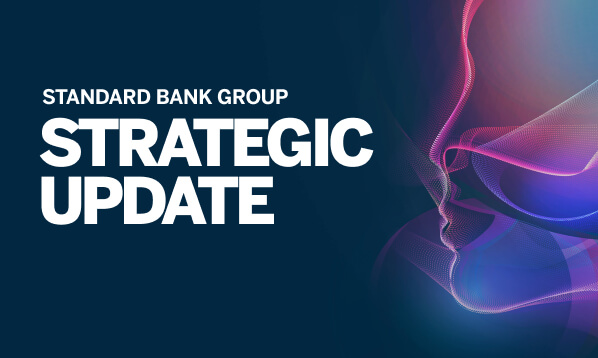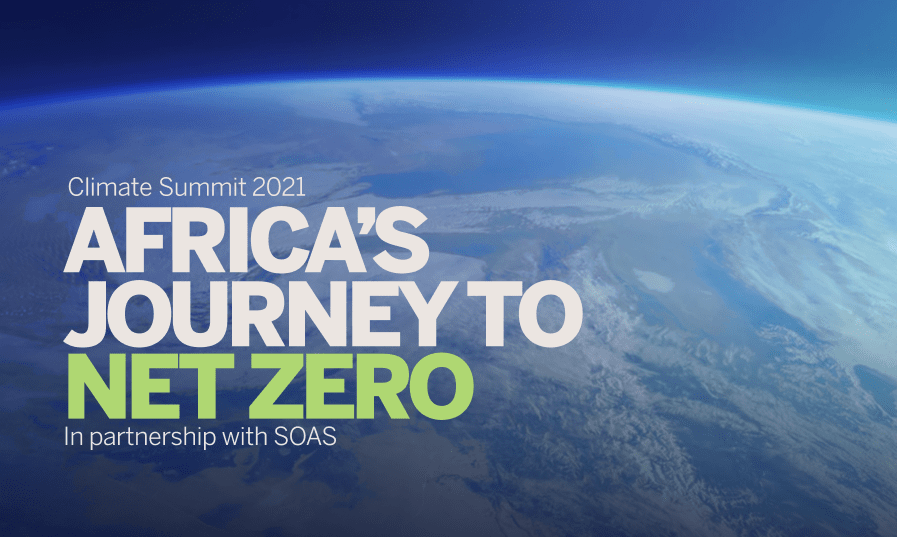How collaboration in project finance reduces risk and unlocks innovation leading to corporate sustainability
Africa faces the dilemma of critical infrastructure backlog and acute environmental, social, and economic challenges – which are increasingly benefiting from a coordinated, multistakeholder approach. As we reach a clearer appreciation of the interconnected effects, impacts, and causes of climate change, the distinction between traditional infrastructure projects and projects with a positive sustainability impact is rapidly diminishing.
As ESG and infrastructure projects – especially those related to the provision of cleaner sources of energy – increasingly overlap, their scale grows, and their financing requirements become more complex. This is compounded by the typical long timeframes and disparate geographies involved, which introduces additional risks. These risks can, however, be mitigated through a commitment to collaboration and communication, which also offers several additional benefits, including a more efficient route to market, lower costs to project participants and end users, and the possibility of greater innovation in the project-finance space.
Large infrastructure projects traverse complex regulatory and policy landscapes. In South Africa, for example, planning the country’s long-term energy trajectory has required extensive stakeholder engagement to determine investment amounts and priorities over the next decade. This involves leveraging collective knowledge, expertise and resources amongst National Treasury, Eskom’s various divisions, the Electricity and Energy department, and the National Energy Regulator of South Africa (NERSA). State entities are understandably focused on their home markets, whereas banks such as Standard Bank have the benefit of a multinational view, allowing them to share best practice from similar projects in other jurisdictions across the continent.
The other key component of infrastructure finance, of course, is the private sector. State entities have limited funding available, and many conflicting developmental needs. Private-sector funding is a crucial component of building a viable project pipeline. Successful collaborations with businesses require clear risk-allocation frameworks and robust governance structures to align incentives and ensure accountability. This is particularly important when exploring models like public-private partnerships or concessions, where risks and responsibilities need to be appropriately distributed between the private and public sectors.
We also seek to realise benefits widely. We work, for example, with an increasing number of mining and industrial clients who face challenges in accessing power from national electricity grids. Additionally, they are facing regulations in Europe – a key export market – that impose taxes on goods developed using coal-fired electricity. By helping these clients to finance green-energy assets they are able to secure their energy supply at competitive tariffs, and at the same time ensure that their energy mix comprises more green electrons. That helps them meet their decarbonisation targets and opens markets for them in Europe that might not have been available due to their scope 2 emissions. That enables a win-win situation that enables multiple positive impacts – the true promise of effective ESG in project financing.
Collaboration is especially important given Africa’s increasing interconnectedness. Africa comprises 54 countries, all dealing with similar ESG challenges, and having to find ways to collaborate and work with one another. This need is going to be further exacerbated by the impacts of climate change: when a drought, for example, affects shared hydroelectric power in Zambia or agricultural exports in Kenya, it underscores the need for regional collaboration and contingency planning.
Investment into logistics networks across the continent has implications not only for the movement of goods and people, but for ESG targets, and requires a pan-African approach. The fewer trucks that spend time idling at border crossings or transporting goods that should be carried by rail, the lower our combined emissions will be. The stronger our pan-African collaboration, strategic planning, and project financing, the more likely we are to address shared ESG challenges and foster regional integration through improved infrastructure and trade facilitation.
A sometimes overlooked, but potentially consequential, component of collaboration is internal collaboration within institutions. Infrastructure projects are typically large and cross-functional, and internal collaboration is crucial in terms of risk mitigation, especially in the due-diligence process. The more we’re able to share information related to the project internally, the lower our risks, and the shorter our timeframes, since we’re able to identify and use the appropriate resources within a single overarching process. The more that risks are reduced, the lower, in turn, we can price our facilities. It also allows us to coordinate our offering to clients, so that we are presenting the best overall solution, not necessarily the best project-finance solution, or the best hedging solution, or the best transactional solution.
As well as reduced risk, collaboration and communication also lead to increased innovation. Partnerships are critical in structuring innovative financing arrangements that leverage various sources of capital, including public funds, private investment, and non-traditional financing mechanisms. Financial institutions, having exposure to projects across different jurisdictions, can play a crucial role in bringing international best practices and innovative financing models to the table. In respect of renewable-energy project financing, for example, we have been able to use instruments such as preference shares or synthetic CPI structures, that make the terms of these deals more appropriate and attractive to investors, and ultimately to ensure that tariffs are reasonable and proportional, which results in greater affordability for the end user.
Ultimately, our goal is to play a role in making sure that the 500 million sub-Saharan Africans who lack access to electricity are given this access. What that does, ultimately, is drive economic growth, take people out of poverty, create employment and a better life. The fact that we’re now able to begin to accomplish this at the same time as we advance ESG considerations is testament to the increased sophistication of project-finance capabilities, and to the power of collaboration – internally, between the public and private sectors, and across the continent.



